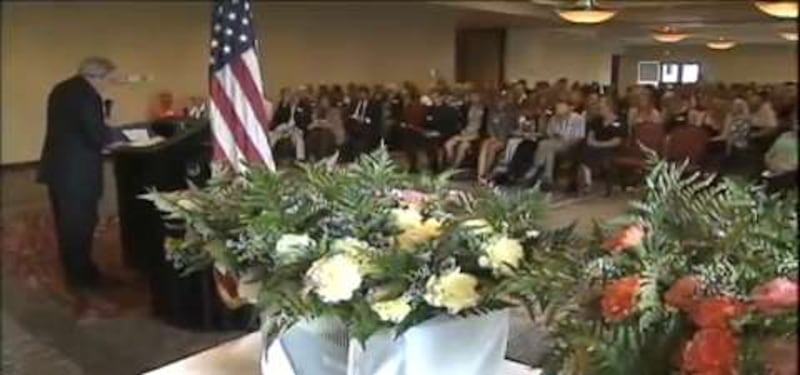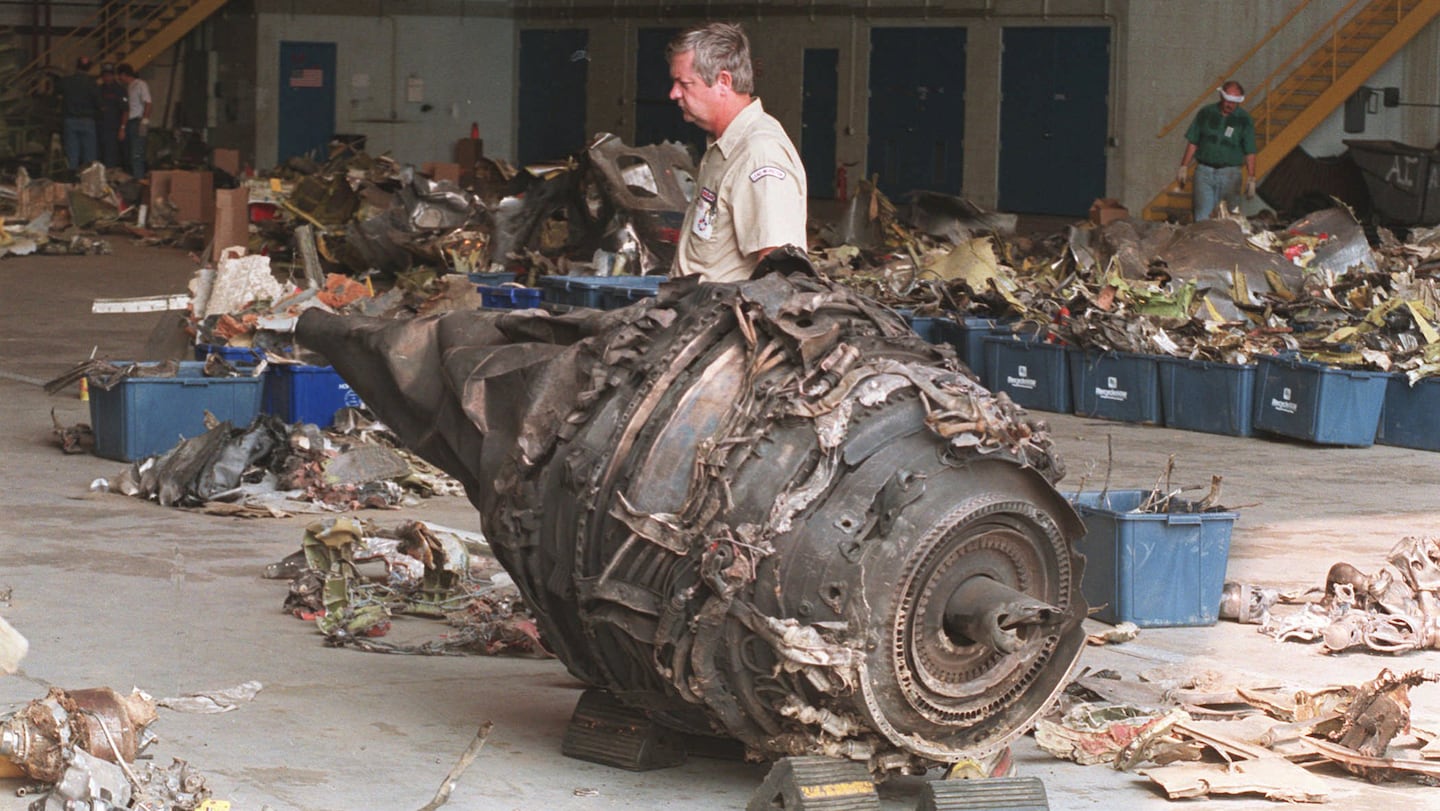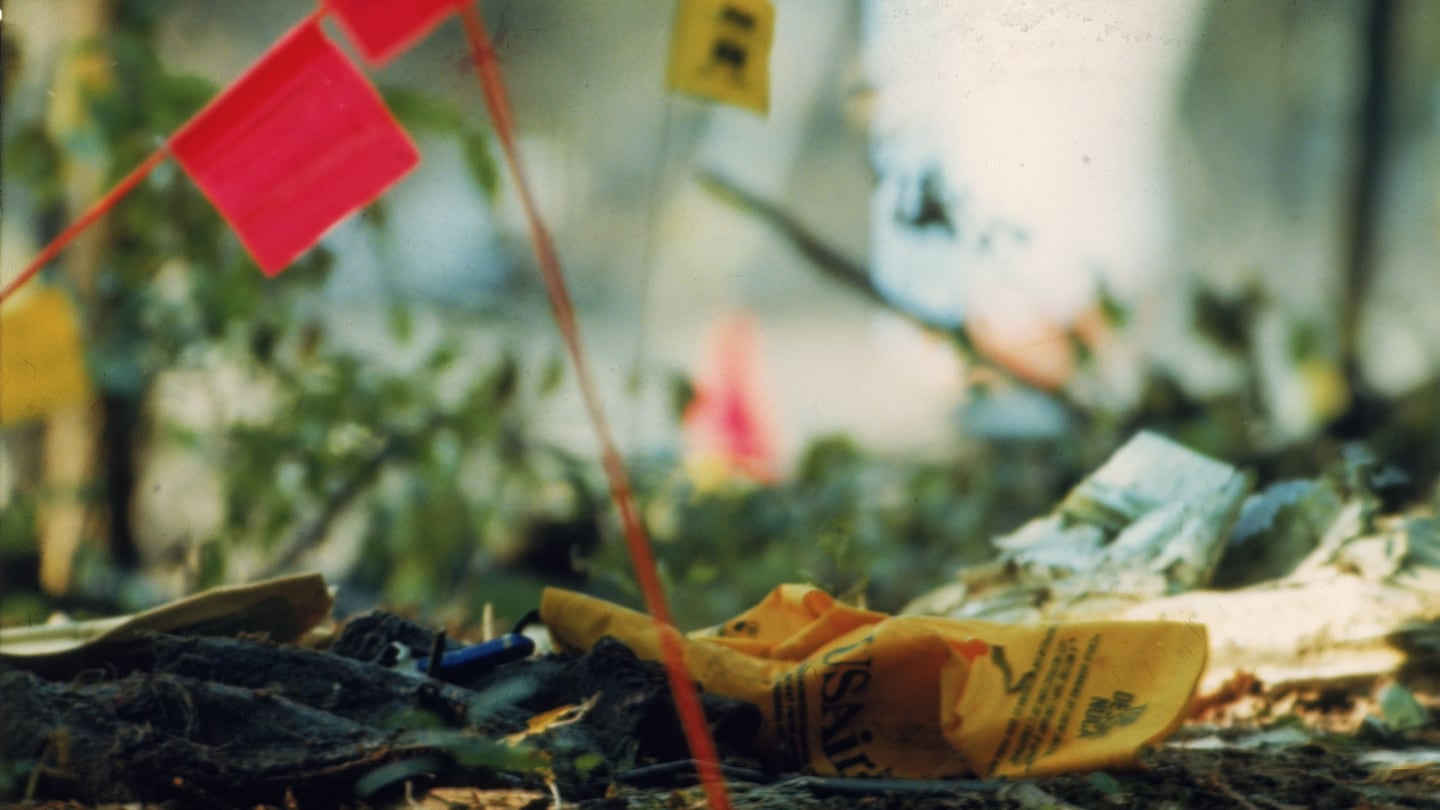PITTSBURGH — Twenty-five years ago this week the 911 calls started flooding in. An airliner had gone down in Beaver County with more than 130 people on board. There were no survivors.
Among the victims, a twin brother, mothers, fathers, sons & daughters. All these years later, the emotions are still fresh for those who lost loved ones. The crash of US Airways Flight 427 on approach to Pittsburgh would eventually change the future of air travel across the world, from the design of planes to future black boxes, and even the way victims' families are treated.
As Channel 11 began to look back on that day, the immediate aftermath, and the lasting impact, we kept finding more and more stories of interest. We start with an extraordinary reunion at the crash site for the three men who faced the most daunting task 25 years ago.
"When you come back here 25 years later you look at the site, you look at the memorial; What goes through your mind?" asked reporter Rick Earle.
TRENDING NOW:
- Firefighter taken to hospital, roof collapses after large fire at Pittsburgh church
- Remembering the tragic crash of Flight 427 25 years later
- Local home mistakenly shot up with baby sleeping inside after incident at bar, police say
- VIDEO: School planning to add additional security after stadium shooting
- DOWNLOAD the Channel 11 News app for breaking news alerts
On a late summer day, much like Sept. 8, 1994, Channel 11 brought former Beaver County Coroner Wayne Tatalovich back to the site of the crash along with forensic pathologists Dr. Karl Williams and Dr. Jim Smith.
"The wreck cleared an area much bigger than the one we are standing in now," said Dr. Jim Smith. "This is only the front part of it."
A memorial marks the spot where Flight 427 on approach to Pittsburgh International Airport crashed, killing all 132 people on board.
"You could actually feel it," said Tatalovich. "I was a half mile away, and you could actually feel the ground shake when the plane hit. It was awful."
Tonight at 5: 25 years after the tragic crash of Flight 427 in Beaver Co., Rick Earle returns to the site with three men who had the difficult task of identifying the passengers and crew. How working this crash changed their lives forever #wpxi pic.twitter.com/FrGBa4G2rF
— Rick Earle (@WPXIRickEarle) September 9, 2019
Tatalovich and his wife were at a nearby golf course and made it to the crash site in minutes.
"My wife and I ran into the woods looking for survivors," said Tataolovich. "You knew ... if you were in there for a few minutes, you knew right away that it would be pretty hard to survive that crash."
"The plane was in so many small pieces," said Smith. "We didn't see anything that looked like a plane."
"Except for the tail," said Tatalovich.
You can customize your WPXI News App to receive news alerts. CLICK HERE to find out how.
Tatalovich relied heavily on assistance from Williams, who worked in the makeshift morgue and Smith, who led the recovery operation in the field. The men set out to identify the remains of every passenger and crew member. Teams of workers, who for the first time were required to wear biohazard suits, went through the entire debris field and documented pieces of the plane while gathering remains in a grid search. It was a tedious process.
"Every item that was taken off somewhere was marked with a flag," said Tatalovich. "They were worried about contamination and the hazmat suits."
DNA was still in its infancy, so Tatalovich relied on dental records and fingerprints. He and his team identified 125 of the 132 people on board US Air 427.
"Your goal was to identify the remains and return them to the families?" asked reporter Rick Earle.
"Yes," said Tatalovich.
"As much as we could," added Smith.
"I think we did all but seven," said Tatalovich. "We were frustrated that we couldn't do the seven."
The men say what struck them the most about that tragic day was the outpouring of support.
"The thing that I was always impressed by was the number of people in our communities that volunteered to do this God-awful thing," said Tatalovich. "That morning after the crash we had a staging area at the shopping center, and when we got there, there was a couple of hundred people, not only doctors and funeral directors but there were people that I know that worked in offices and it was heartwarming to see that many people volunteer to do something like this."
The men also had the job of keeping family members of the victim's informed.
"Individual family members would come in, and we would talk to them about what we found," said Smith.
"In any death, you never know what they are going to ask; what they are going to come up with," said Williams. "You just have to be available to help them get through it."
"We told them what we recovered," said Smith. "Their loved ones."
Earle asked, "[Is] that what they wanted to know?"
Tatalovich responded, "and personal effects were important to them too."
Tatalovich said they were a lot of personal effects they returned and a lot they couldn't find. Things families were able to get back were watches, rings, wallets, and cash.
To this day, 25 years later, pieces of the plane still being found at the crash site, which is now a solemn resting place for the 132 people who lost their lives here.
"I'll admit I don't think of the way it looked when the plane crashed, fortunately," said Williams.
We will have more on the crash of US Air Flight 427 all this week. Tuesday, Channel 11 News anchor Peggy Finnegan speaks with a man who lost his twin brother, and finds out how the victims' families changed history.
Cox Media Group








